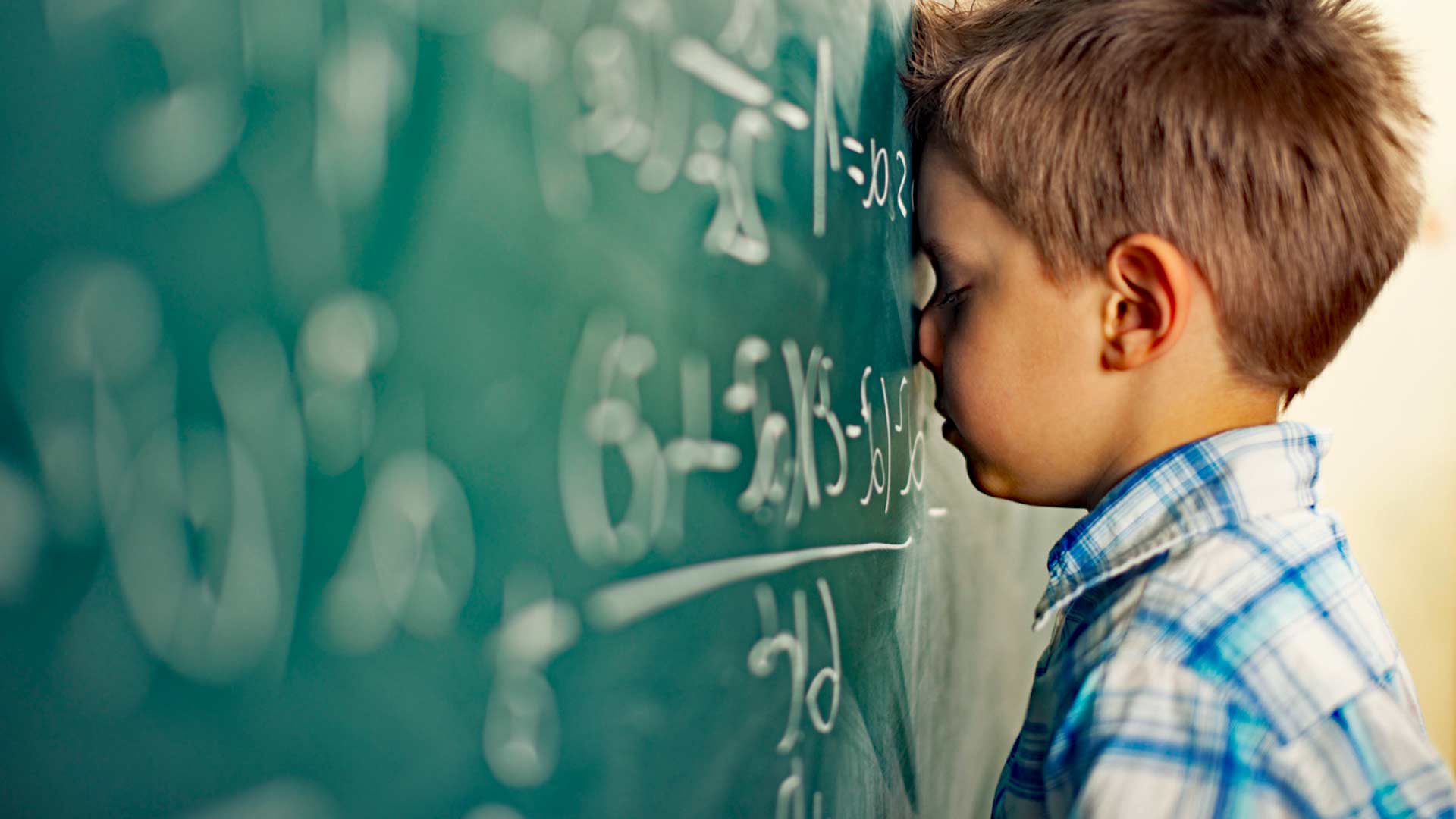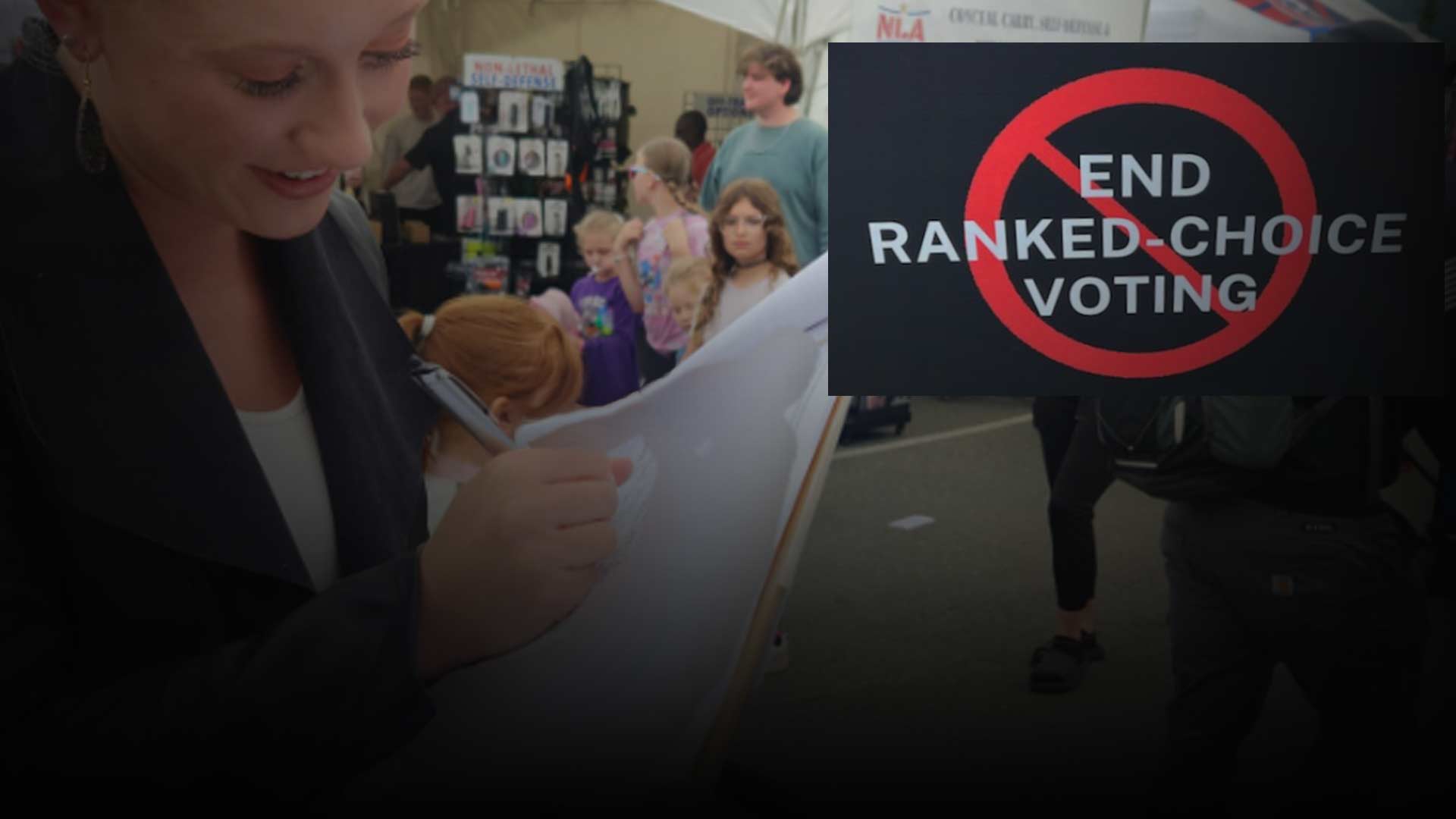
By Aubrey Wursten – Alaska Policy Forum
Statistics consistently illustrate the benefits of increased parental involvement in their children’s education, and Alaska Policy Forum supports measures to improve this engagement. The Center for Education Reform (CER) has established a rating system to indicate which states best enable parents to make proper choices for their own children, and Alaska ranks 49th out of the 50 states, with a “Parent Power Index” (PPI) score of only 57.5%. This article addresses some of the particular areas needing the most improvement in Alaska.

Charter schools
Charter schools offer parents the option of tax-funded, government-regulated public schools that provide more flexibility than the traditional public system. Via charter schools, parents are able to select a school that focuses on the individual interests and needs of each unique child. In the 2017/2018 school year, Alaskan charter schools scored 15.06 percentage points higher in English language arts (ELA) and 12.21 percentage points higher in mathematics than the public-school average.
Unfortunately, CER ranks Alaska 43rd, with a score of 55%, on their charter school opportunities, due to Alaska’s “reliance on districts and state’s defense of traditional schools.” As Alaska Policy Forum has pointed out, “Given the consistent and measurable advantages Alaska’s charter schools demonstrate, it is a surprise and a shame that these schools are not treated more welcomingly by state law.”
Choice Programs
Choice programs include measures such as scholarships, vouchers, and tax credits. These all provide parents with financial assistance to tailor their children’s education to their needs.
The Alaska school system offers none of these programs that meet CER criteria, so CER gives them an N/A ranking and a 50% score on this issue. However, the CER rating does not include facts about the Correspondence School Allotment Program (CSAP), which is an Alaskan initiative that reimburses up to $4,500 per student enrolled in classes at any private school.
Alaska Policy Forum encourages more families to make use of this unique opportunity, which benefits students across the state. If 10% of Alaska’s students used this method of schooling, it would relieve traditional public schools of approximately 13,000 students, thereby increasing the dollars per student available and saving the state tens of millions of dollars annually.
Teacher Quality
CER states that, among other problems, “Alaska fails to meet several critical elements for ensuring teachers have requisite content knowledge to teach.” Fortunately, Alaska’s future in this area looks substantially brighter due to the recently passed Alaska Reads Act, which will employ the scientific teaching methods that have proven immensely successful in other states. However, the current test scores reflect the lack of training up to this point.
According to a study of the 2017/2018 school year, Alaska also had a teacher turnover rate of 22%, compared to a national rate of only 16%. This turnover is highly disruptive, with excessive time being required to train and assimilate new teachers. Because 64% of teachers are hired from out of state, culture shock and homesickness make them more likely to leave after a short time. Consequently, by CER standards, Alaska currently ranks 47th out of all states in teacher quality, and the state’s score is 64%.
If Alaska wants to improve the number of home-grown teachers, they will need to improve the options for higher education in the state, as anyone wanting an education degree right now might struggle to even find an accredited program. And once teachers have been hired, Alaska needs to prioritize measures that will make them want to stay.
Transparency
Alaska Policy Forum focuses a great deal on fiscal transparency from schools, and Alaska fares quite well in this category by CER’s metrics. They praise Alaska’s records for being “parent friendly” and “easily accessible.” Although CER does not give an exact ranking and score for transparency, they estimate that Alaska is in the 75th percentile.
Although the facts about education spending are readily available, Alaskan schools struggle to use this information to improve their fiscal responsibility. Alaska has the sixth-highest spending per student in the United States, but the money is not always being spent effectively. Notably, too much is spent on support and administration. Part of transparency consists of acknowledging and fixing fiscal inefficiency.
Conclusion
Alaska’s education system is clearly struggling, but it has the potential to become exceptional. By focusing on flexible schooling choices, the CSAP program, better teacher education, and active transparency, Alaska can overcome the unique challenges faced by the state and improve the quality of education for its children.
Aubrey Wursten is Alaska Policy Forum’s Summer 2022 Policy intern. She is currently studying at Brigham Young University-Idaho.








2 Comments
In Alaska parents can go traditional public school, homeschool with assistance from correspondence and charter schools, (oversight and financially), private school, and even use some funds to pay for non-sectarian portions of private/religious schools. They can also 100% homeschool without any oversight from government. We should not be rated so low with all of this freedom and choices.
Please, Take your kids out of these public woke schools before it’s to late for your children